Art, Food and the Sublime
Gastronomy Symposium New Zealand - November 2015
Food of course, food came first and food was probably the inspiration for the invention of art and quite possibly religion. While they are interlinked and great art has been inspired by both food and religion I will not contend that food is either art or religion.
The word art has many meanings. Disciplines such as sculpture, painting, architecture, music, poetry, dance and film are called “fine arts”, and the people who produce art are united in their drive to capture the raw essence of their immediate experience. Their power, as makers of works of art, comes down to their sensitivity to the mystery of existence and the ability to channel that mystery into a work of art using arrangements of symbols and colour.
Symbols, constructed from line, mass, space and rhythm within works of art, are dynamic, not static, and can only emerge within a field of awareness, within the context of the life experiences of the viewer. Geometric symbols, such as triangles and circles can give indicators of stability, direction or wholeness.
It is when the viewer approaches the work of art as though it was intended especially for them, as though the artist has specifically used a particular combination of colours and symbols especially for the viewer in question, that the viewer can utilise the artistic experience to influence the dynamics of their life.
Aristotle noted that knowing art, provides more understanding and more profound insights than any other way of knowing. Even that great scientist, Einstein noted that the most important function of art is to arouse and keep alive in those people, who are receptive, a feeling for fundamental truths about the universe.
The artist need not be driven to make a work of art by metaphysics or philosophical musings on the human condition. For the artist it is, at the most fundamental, the need to accurately express an artistic vision. For the viewer, if they are open to the demands of art to feel and think of the mysteries of our existence, they can come to the realization that the world, the universe, is not quite what we think it is. Something hidden, something hard to communicate, though clearly expressed in the art, has come into existence.
The word “Art” can also be defined as the skill or craft of making something that is technically perfect. It is this meaning that I take as relating to food preparation, cooking and presentation, as in the art of cake baking or decorating. The final product is a decorated cake that is designed to please your eye and stimulate the salivary glands. However attractive the finished product may look, it is not one of the “fine arts”. This is not to denigrate food or its importance. Art is a matter of the mind while food is a more complex matter of the body. Food must ‘talk’ to all of our senses; satisfy the urge to keep the body functioning, to stay alive. At the base level, if you are starving, anything edible can give satisfaction, but just as art can influence our lives through the way we think of and see the world around us, so food is capable of providing experiences that can transcend the basic need to eat to live. The power of people who are able to process, prepare, cook and serve food is the ability to transform the raw into the divine.
You only have to Google “food as art” to see bizarre interpretations ranging from nudes to portraits and mixed up amongst it examples of the Asian craft of vegetable carving.
During the last two Festivals of Sydney a giant inflatable rubber duck has been set up on the Harbour and referred to by all and sundry as a work of art. If this is the case then every giant potato, merino, pineapple, prawn and banana, need to be rounded up and deposited in the National Gallery. It is also interesting to note that virtually all giant things littering our highways are inspired by the edible.
In the matter of food, the media and the food industry itself are complicit in constantly referring to food as art, more so I admit in the top end restaurants.
At the start of this paper I stated that food is not art.
Art , through the intellect, can influence our lives through the way we think of and see the world around us.
Food through the senses, is capable of providing experiences that can reach the sublime.
I’ll finish with a quote from “The Table Comes First” by Adam Gopnik:
“The truth is that we have a hard time treating cooking as an art because it is so easy for us to experience it as a miracle.
We have trouble thinking that food is art, but no trouble at all imagining that it might be divine.
Our difficulty with the idea of food as a fine art is not that we have trouble elevating it that high; it is that we have difficulty in making it descend that low.”
Max Dingle
Artist, independent curator & writer November 2015
www.maxdingleart.com
References
Aristotle Metaphysics http://classics.mit.edu
Adam Gopnik The Table Comes First Penguin Random House 2011
C. G. Jung The Portable Jung Portable Library 1976
W. Kandinsky Concerning the Spiritual in Art Dover 1977 (reprint of the 1914 Constable edition)
S. Langer Feeling and Form: Theory of Art 1977 Longman
J. F. Martel Reclaiming Art in the age of artifice 2015 Evolver Editions
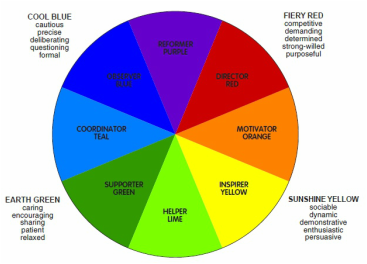
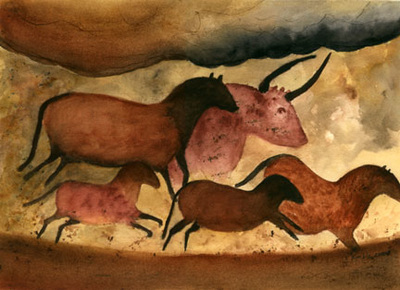
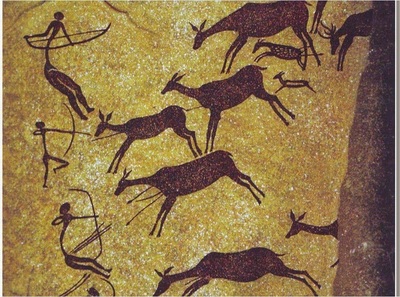
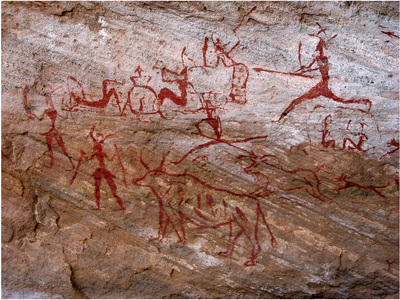
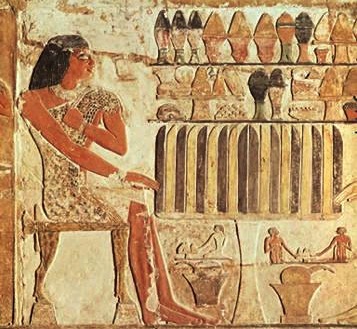
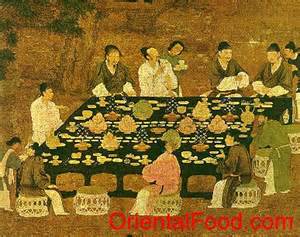
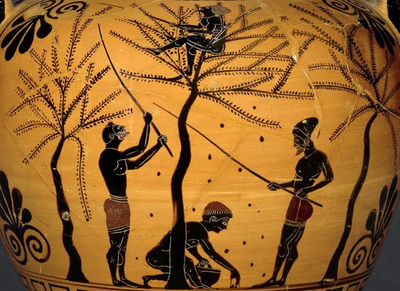
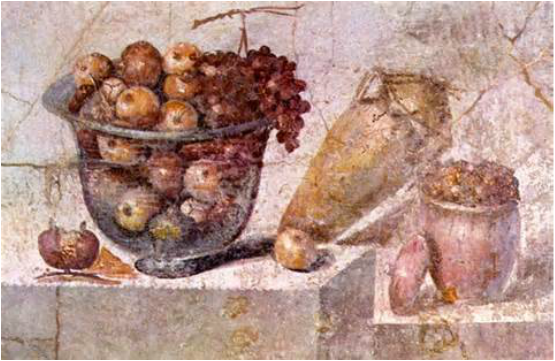
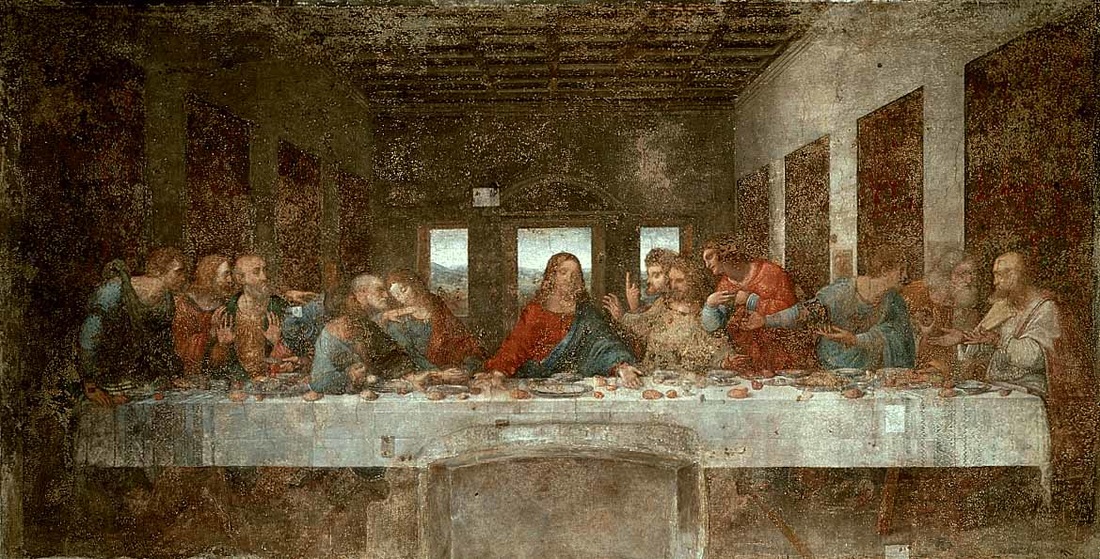
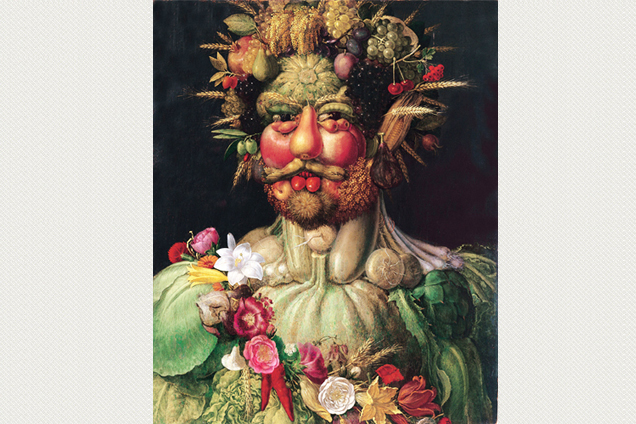
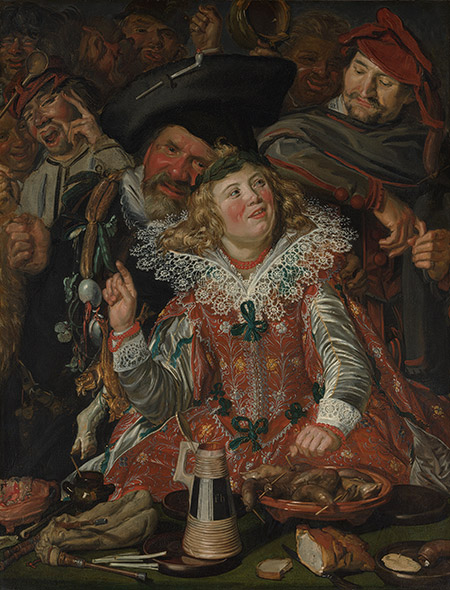
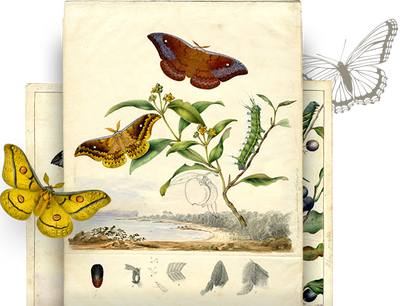
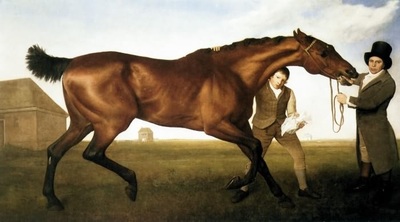
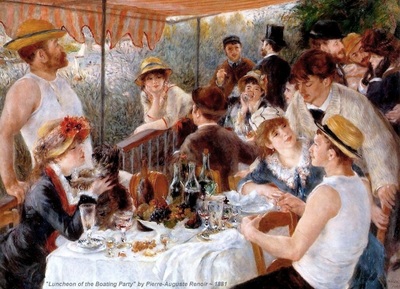
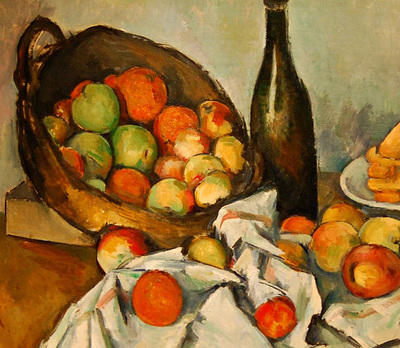
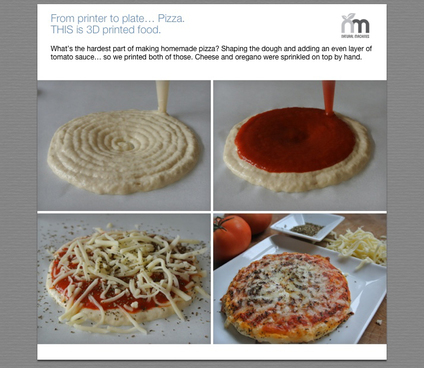
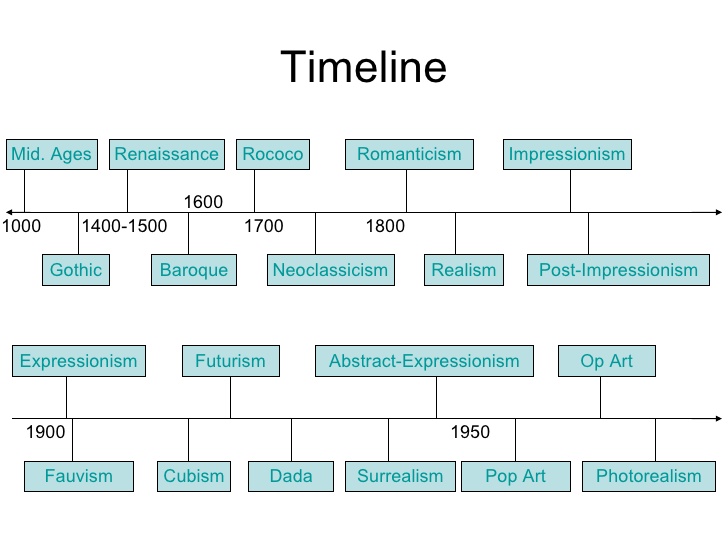
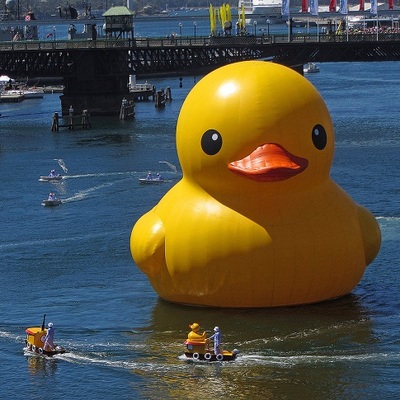
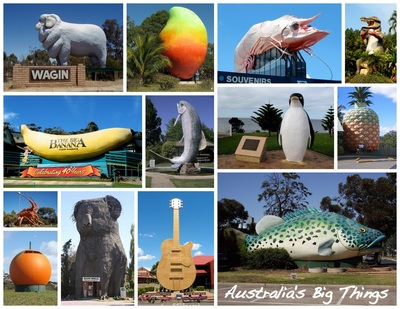
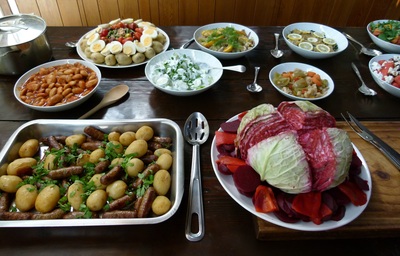
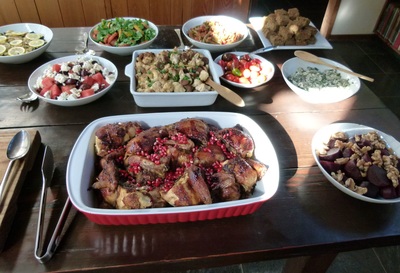
 RSS Feed
RSS Feed